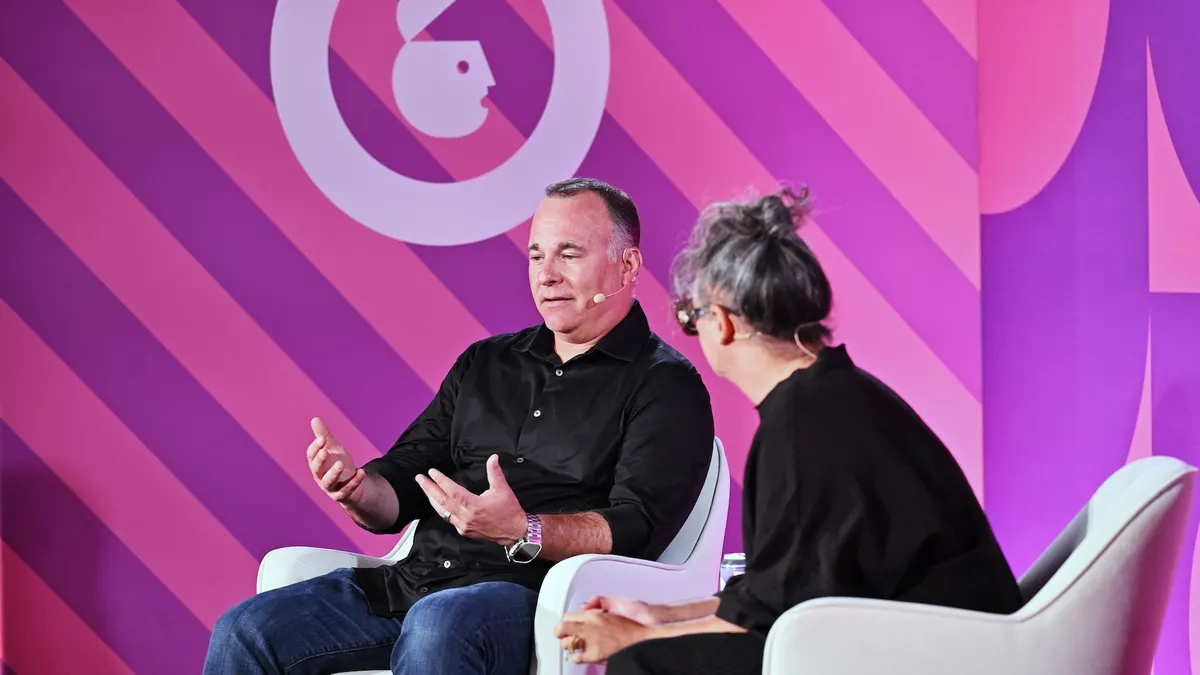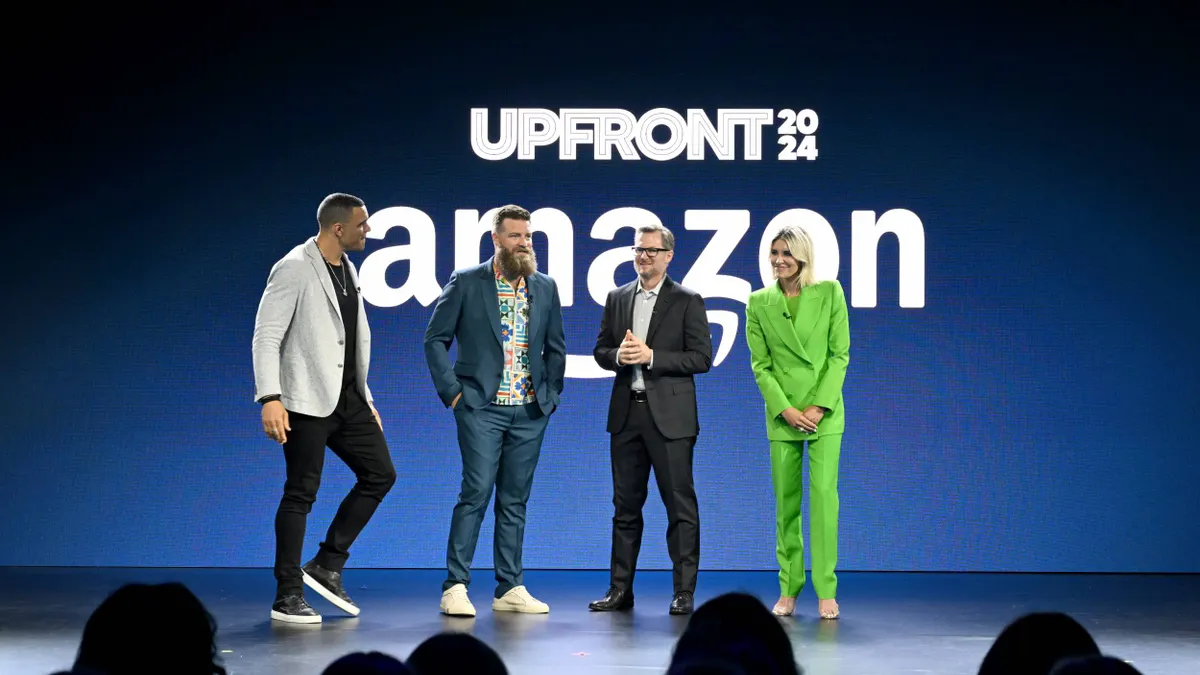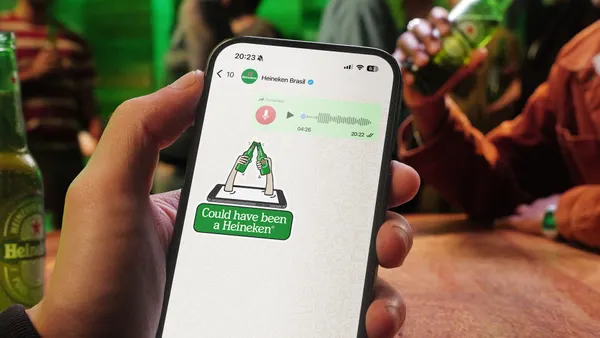Brief:
- Major League Baseball introduced a home run derby simulator for the Sony PlayStation VR and HTC Vive virtual reality (VR) devices that place people in a computer-generated environment, according to a press release. The immersive game lets fans try out their slugging ability in digital re-creations of stadiums in Cleveland, Miami and Washington, D.C.
- MLB Home Run Derby VR, which tests how many times a batter can hit pitches out of the ballpark in a timed competition, retails for $19.99. The league also will showcase the game at 12 stadiums during the regular season, where fans can play while they're attending games. Each of the 12 in-stadium activations will feature a customized version of the game that showcases the respective ballpark.
- Gamers who don't have a VR headset can play the free 2-D mobile version through iOS and Android. The MLB Home Run Derby mobile app features all 30 league ballparks and 50 baseball players from the past eight competitions.
Insight:
MLB first introduced an enterprise version of the home run derby simulator last year at the annual All-Star game and at several ballparks. The league in February promised that a consumer version would be available in the spring. With this week's release, the league could reach a broader audience of fans and engage them in an immersive environment that simulates the annual contest that accompanies the All-Star game.
The VR games clearly hold sponsorship opportunities, as the screen grabs demonstrate, to appeal to marketers that want to get their brand in front of sports fans looking for additional sports-related content. The virtual re-creation of Nationals Park in Washington, D.C., shows logos for Walgreens and T-Mobile virtually placed on the back walls of the outfield. It's not clear how much the brands paid for those ads, though it's not absurd to assume that placements on an MLB-created game is costly, likely limiting the spots to major brands with deep pockets.
While video games have popularized VR technology, the computer-generated platforms haven't taken off due to a lack of content variety and high cost of headsets for consumers. For marketers, developing VR content can be expensive and time-consuming, two factors that have played major roles in VR's slow traction. However, electronics giant Samsung this week rolled out six pilot episodes of shows developed specifically for VR, pointing to the potential for growth in the space.












